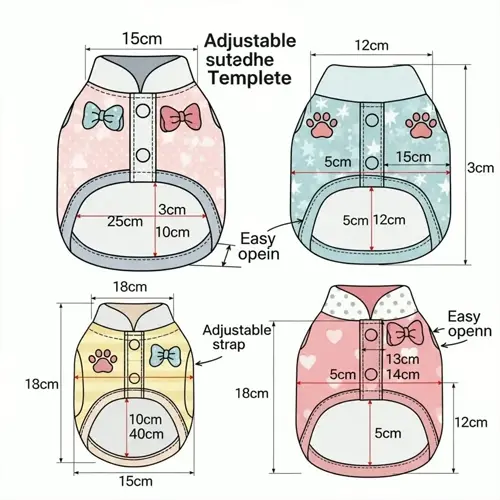Is crate training beneficial for all dogs?

Written by
David Smith
Reviewed by
Prof. Henry Webster, Ph.D.Crate training can be effective for many dogs, but it may not be suitable for all. When crate training is done correctly, most dogs feel secure, and it can even aid in house training. On the other hand, dogs with trauma or extreme anxiety may react negatively to a crate. Always consider your dog's emotional needs before beginning crate training.
Ideal Candidates
- Puppies developing bladder control
- Dogs needing travel safety
- Pets recovering from surgery
- Animals comfortable in enclosed spaces
Poor Candidates
- Dogs with confinement trauma history
- Pets showing separation anxiety symptoms
- Rescue dogs with unknown backgrounds
- Senior dogs with arthritis pain
The use of a crate exacerbates severe separation anxiety. Panicked dogs that are crated often injure themselves trying to escape. Pets that have been traumatized associate crates with past negative experiences. For these pets, the limited space provided by a crate triggers their fight-or-flight response. Their welfare may need to be prioritized over training goals.
Carefully implement alternatives. Areas that are baby-gated should be puppy-proofed. Exercise pens should be firmly anchored. Use familiar products such as worn t-shirts. Use pheromone diffusers in these places. Be especially observant of their first reactions and make adjustments to the setups as needed based on signs of stress.
Place emotional welfare first. Look for shivering or extreme drooling. These are indicators of distress that warrant a switch in methods. Some dogs do well with crate training. Others need an entirely different approach. Always consider individual differences.
Read the full article: 10 Essential Dog Crate Training Steps

